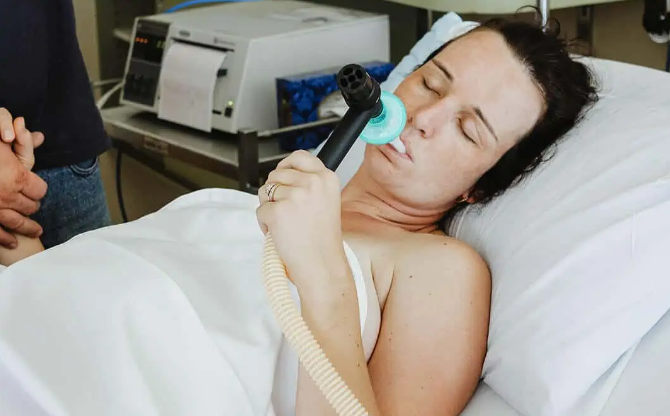In modern healthcare, where advanced tools and technologies garner much attention, the fundamental role of medical gases often remains in the shadows. These gases are far more than simple components in the healthcare system; they are the unsung heroes, the silent yet powerful lifelines that underpin various medical procedures. This article aims to shed light on the indispensable role of gases in medical equipment, revealing their critical contribution to sustaining health and saving lives.
Oxygen Therapy: Vital in Emergency and Intensive Care
At the heart of hospital care is oxygen, which is critical in patient treatment and recovery. Oxygen therapy, by improving oxygenation in tissues and organs, also plays a key role in managing conditions such as heart failure, severe infections, and during recovery from major surgeries. Oxygen is indispensable in intensive care units, supporting patients with compromised lung function.
Anesthesia Gases: Transforming Surgical Procedures with Precision and Comfort
Anesthesia gases, with their controlled and precise application, have revolutionised the way surgeries are conducted, minimising patient discomfort and risk. Moreover, these gases’ reliable supply and quality control ensure that healthcare providers can deliver consistent and effective care, which is crucial for the successful outcomes of many medical procedures.
Sterilisation: Ensuring Safe Medical Environments
Gases like ethylene oxide are vital players in sterilising medical equipment. This process is crucial for maintaining a sterile environment, essential for preventing infections, and ensuring patient safety. The precision and effectiveness of gas-based sterilisation techniques have made them indispensable in hospitals worldwide.
These techniques are effective against a wide range of pathogens and efficient, allowing for the rapid processing of large quantities of equipment. Using these gases has thus become a cornerstone in maintaining the high standards of hygiene required in medical facilities.
Diagnostic Applications: The Role of Gases in Medical Imaging
In diagnostic imaging, gases such as helium are used in MRI machines. Their properties allow for the smooth operation of these complex devices, providing detailed images crucial for accurate diagnoses. The role of gases in this field underpins the importance of advanced diagnostics in healthcare.
Helium’s low boiling point makes it ideal for maintaining the superconductivity in MRI magnets, a key component in producing high-resolution images. The reliance on this gas in imaging technology highlights its unseen yet significant role in facilitating accurate and timely diagnoses.
Respiratory Care: Beyond Oxygen Therapy
Beyond oxygen, other gases like nitric oxide are used in respiratory care, particularly for newborns with pulmonary hypertension. This highlights the diverse applications of gases in addressing various medical conditions and underscores their role in specialised medical treatments. Nitric oxide’s role in relaxing vascular muscles significantly improves oxygenation in critically ill patients. Its use in neonatal care shows how medical gases can offer lifesaving solutions in delicate and challenging medical scenarios.
Innovative Therapies: Expanding the Horizons of Medical Gases
Recent advancements have seen gases like carbon dioxide being used in minimally invasive surgeries and therapeutic treatments. These innovations point to a future where the application of medical gases can go beyond traditional boundaries, offering new avenues for patient care. Carbon dioxide’s use in laparoscopic surgeries, for instance, allows for a clearer view of the surgical site and reduces the risk of complications. The exploration of gases in various therapeutic applications opens up possibilities for less invasive and more effective treatment methods.
Conclusion
The role of medical equipment in healthcare is crucial, and gases are a fundamental component of this ecosystem. Their diverse applications, from respiratory therapy to diagnostics and sterilisation, underline their indispensable role in modern medicine.
The continued evolution and integration of these gases in healthcare technologies promise to enhance patient care and treatment outcomes further. As healthcare continues to advance, the strategic use of medical gases will undoubtedly play an even more significant role in shaping the future of medical treatments and patient care.

